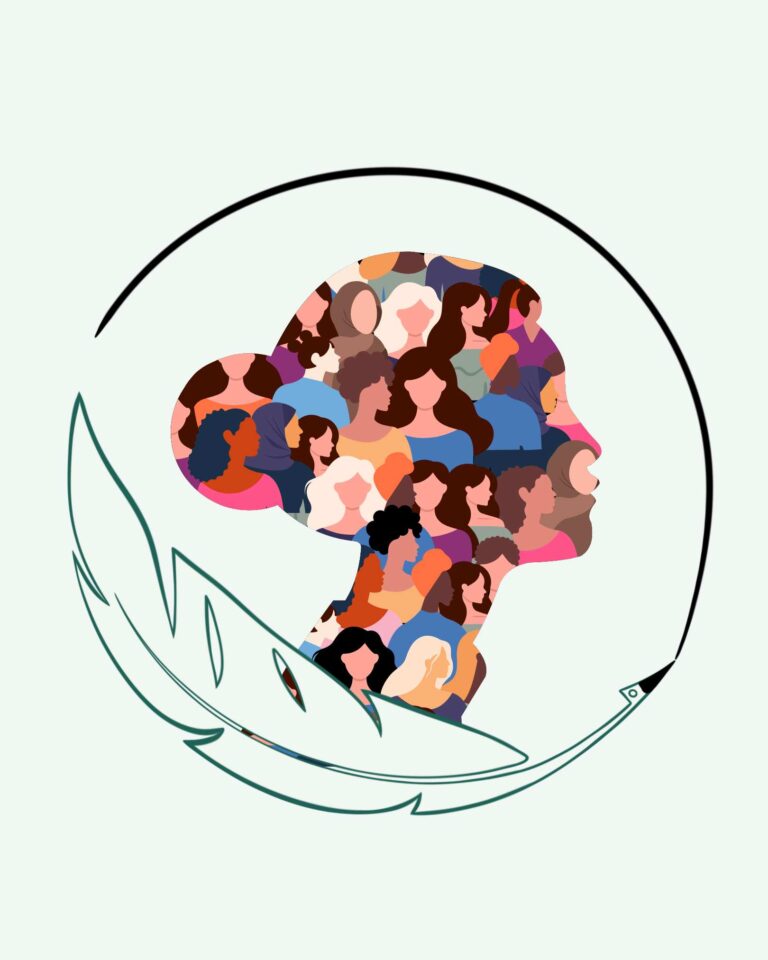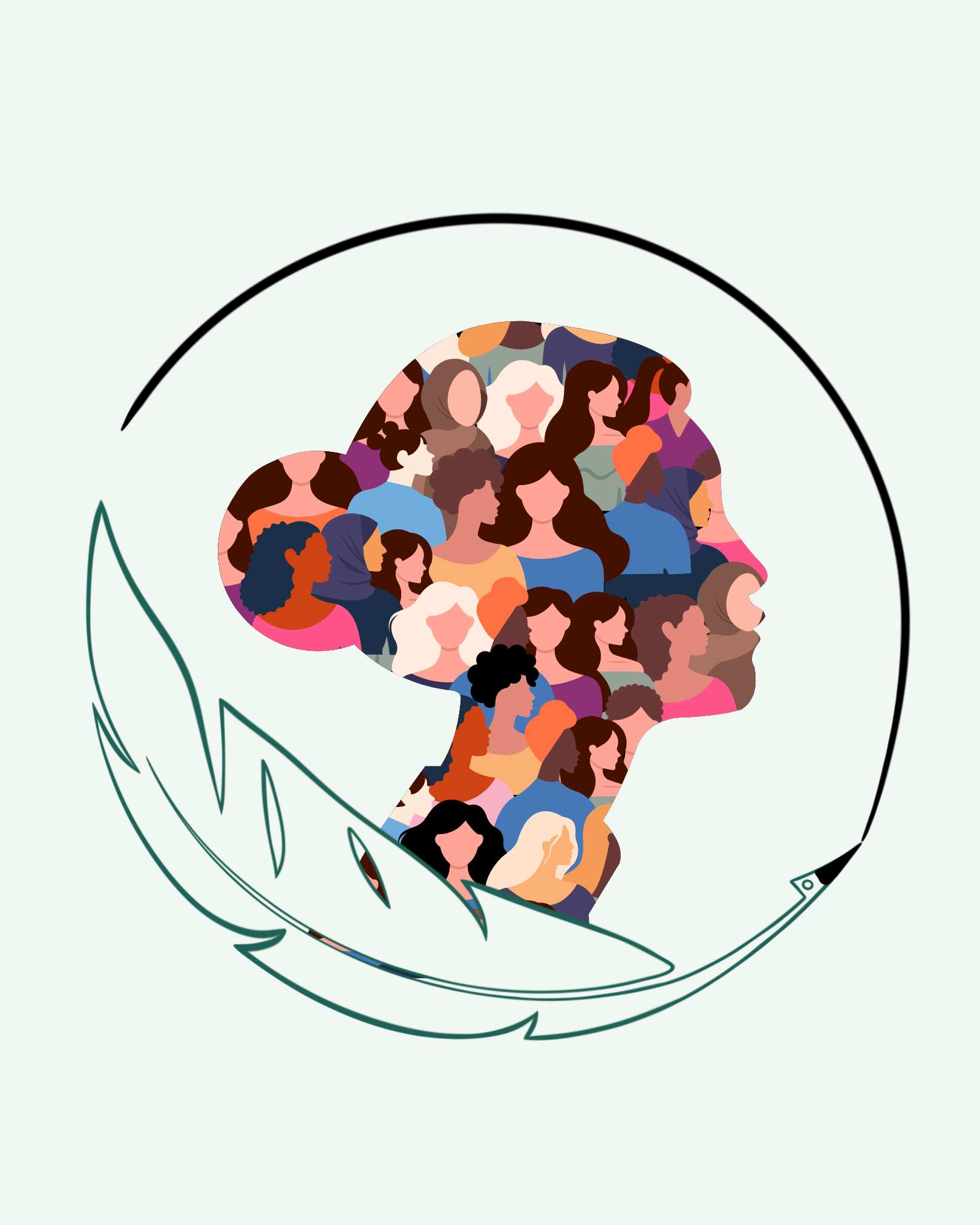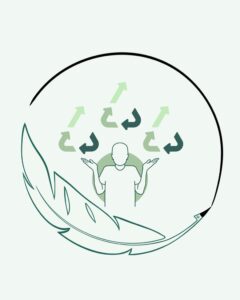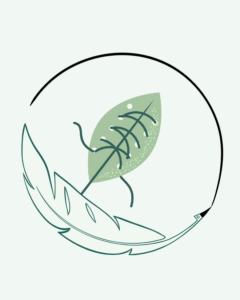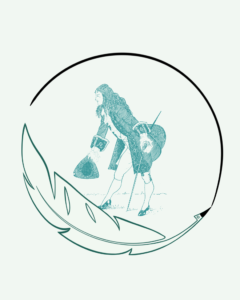Bacıyân-ı Rum, which we can call the “Anatolian Women’s Union”, was founded by Turkmen women as the women’s branch of the Ahis in Anatolia in the XIIIth century. This organization is considered one of the most important and interesting cultural and civilizational events of the Anatolian Seljuk period. This organization, which had multifaceted fields of activity, is also referred to as the first women’s organization established in the world. Historian Aşık Paşazade listed Bacıyân-ı Rûm among the four important institutions (Gâziyân-ı Rûm, Âhiyân-ı Rûm, Abdalân-ı Rûm) established by Turks who migrated from Central Asia to Anatolia and settled there.
Organization
Bacıyân-ı Rum is an organization formed by women and is the women’s branch of Ahiyân- Rum. Its leader was Fatma Bacı, the wife of Ahi Evran. Initially, the women, who came together to utilize the leftover wool of the skins processed in the industrial site established by Ahi Evran in Kayseri, were educated together with the Ahis and were active in many fields as upcycling. After the Mongol invasion at the end of the XIVth century, the Bacılar, members of the organization that disbanded, continued their activities in the extreme regions.
Fatma Bacı
Ahi Evran, who came to Anatolia in 1205 with Muhyiddîn Ibn Arabî and his teacher Evhadüddîn Kirmânî, married Fatima (Fatma) Bacı. Although there are debates about their marriage, what makes the information stronger is the historical documents that express the closeness of Ahi Evran and his teacher Kirmânî, which goes beyond the sheikh/ disciple relationship.
Who is Fatma Bacı, the wife of Ahi Evran, the founder of the Anatolian Bacı Organization and the first known leader of this organization?
Âşık Paşazade stated that the Anatolian Bacılar Organization was one of the social groups in the Seljuk period and mentioned that Hacı Bektaş was close to this organization and that he was loyal to Hatun Ana, one of the leaders of this organization. In the “Velayet-name”, known as the Menâkıb-names of Hacı Bektaş, Fatma Bacı, Fatma Ana, Kadıncık Ana, Kadıncık is mentioned many times. It is also stated that Hacı Bektaş visited Fatma Bacı frequently, that she was a person respected by the virtuous and dervishes, and that she set a table for the virtuous. It is not known exactly when Fatma Bacı was born. However, it is known that Fatma Bacı was born after her father Kirmanî’s arrival in Anatolia in 1205 and it is more likely that she was born after this date. After 1261, based on the information that Fatma Bacı gave birth to her first child, it is thought that she was born within a few years after 1213, based on the medical fact that her age would not exceed 50 at that time.
It is stated that her father, Kirmânî, stated that Fatma Bacı was very mischievous in her childhood and that this mischievousness and her disobedient attitudes caused her to undergo patience training (riyazet). Together with her mother, Amine Hatun, his daughter’s education and his efforts to teach her the arts of knitting and weaving were an important indicator of the value given to women at that time. It is also noted that Fatma Bacı lived in captivity for about 14 years as a result of the Mongol invasion at that time. It is stated that it was the Ahi organization that saved Fatma Bacı from captivity thanks to their political power. After her captivity, the Ahis enabled her to settle in Kırşehir with her husband Ahi Evran.
After returning from captivity, she fought a serious struggle against the Mongols together with the Ahi organization and worked in different regions of Anatolia. After Ahi Evran was killed, she remarried and settled first in Ereğli and then in Sulucakarahöyük.
Fatma Bacı, who founded Bacıyan-ı Rum (Anatolian Bacılar Organization), carried out very important activities in the second and third quarters of her century. Towards the end of her life, she came to Kırşehir and died here towards the last quarter of the XIIIth century. She was buried in the village of Bacı, northeast of Ankara’s Polatlı district and her grave is located here. Fatma Bacı also had an older sister, Eymine (Emine) Ana. This name among the people evolved into Haymana and today a district of Ankara is named after this Turkmen sister. Mother Eymine also went down in history as the grandmother of Osman Gazi, the founder of the Ottoman Empire, and the mother of Ertuğrul Gazi.
Activities
Under the leadership of Fatma Bacı, women are trained in knitting, carpet, rug and fabric weaving, as well as in other areas such as literacy, weaponry, horseback riding and entertaining guests. The masters train newcomers and train new masters who are honest and know the requirements of the profession. Those who are uncomfortable with the fact that they work together with men, chat together in the evenings and return to the semah, spread untrue rumors about them. This way of life, which they find incompatible with Islam, is unacceptable to them. However, while adapting the nomadic culture to settled life, the Turkmens, who continued to live together, men and women, continued to say “everywhere and in everything but the cheek of the beloved, we are all together”. The folk dance we know today as Çayda çıra has been carried to the present day from the dances danced by men and women together during these conversations in the evenings.
In addition to weaving and knitting, one of the trainings given to Bacıyân-ı Rûm members was guest hospitality. In this period of intensive migration to Anatolia, the efforts of the ahis to provide shelter for the people arriving and to find solutions to the social problems caused by migration cannot be ignored. During these migrations, the lodges and dervish lodges of the ahis played a very important role in helping Turkmens adapt to their new lands and solve their accommodation problems, even for a short time.
It is said that on one such day, while preparing the table and cooking for the guests, Fatma Bacı was informed that Hacı Bektas had arrived in Anatolia. We learn from the Vilâyet-nâme that Hacı Bektaş stayed in a guesthouse belonging to the Ahis during his first visit to Anatolia. Furthermore, one of the most important advice given by Kirmânî in his Menakib-i Evhadeddin-i Kirmânî is to feed, drink and shelter travelers and orphans.
Bacıyân-ı Rûm continued the advice of “have your hand-hand-handle-tongue”, which is said to have passed from Ahilik to Bektashism, by changing it to “have your food-have your wife-have your work” and formed the basis of the moral behaviors specific to this women’s organization.
Military
Another field of activity of the Bacı Organization was military training. Before the adoption of Islam, women had mastered horse riding and war techniques. Women continued to pass on these skills to young girls in the Bacıyân-ı Rûm organization.
Especially when the Mongols besieged Kayseri, the bajis fought heroically together with the male ahis to defend the city. It is described in Âşıkpaşazâde’s book that the Dulkadiroğulları Principality had troops consisting of thousands of women soldiers. As can be seen, the Bacıyân-ı Rûm organization is much more than just a professional organization. In addition to the functions mentioned above, great importance is attached to the transmission of religious and mystical knowledge, which is a sine qua non of an order. Of course, Fatma Bacı, who is also considered their sheikh, is their guide. Kirmânî, Fatma Bacı’s father, attached great importance to these activities, which were carried out by men and women together. Ahlism is now flourishing in many cities and the number of ahis is increasing. This development continues until the Mongol invasion and the emergence of administrative gaps in the Anatolian Seljuk State.
During the Mongol invasion, the ahis fought valiantly to save Kayseri from occupation. At the last moment, with the help of collaborators from within the city, the Mongols captured the city. Hundreds of ahi men and women were either killed or exiled to distant countries.
Ahi Evren was among those killed during the Mongol invasion. Fatma Bacı was not killed, perhaps because of her father Kirmânî’s influence on society, but was exiled to Iraq. Fatma Bacı returned to Anatolia after long years of exile and continued her activities by secretly communicating with members of the Bacıyân-ı Rûm organization in different regions. It is said that she lived in different places and made marriages. Finally, under the patronage of Hacı Bektaş, she settled in Suluca Karacahöyük, today’s Hacı Bektaş district, and ended her life there. His grave built by Hacı Bektaş is also here.


